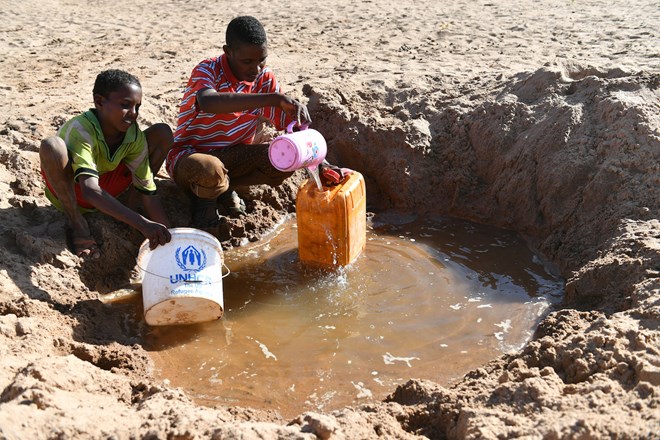The UN’s top humanitarian officer has issued a warning about the worsening drought in the Horn of Africa, which has already impacted over 18 million people in Ethiopia, Somalia, and Kenya.
Martin Griffiths, the UN under-secretary-general for humanitarian affairs and emergency relief coordinator, returned from a two-day visit to Kenya on Friday, where he witnessed firsthand the devastating effects of the Horn of Africa’s fourth consecutive failed rainy season, and called for immediate solutions to save lives and communities.
“For months, we have been sounding the alarm about this situation and imploring whomever is able to help,” Griffiths said in a statement made in Nairobi, Kenya’s capital.
He claimed he visited with folks in the community during his visit.
“Each of the people I spoke with were clear: this crisis is threatening both their lives, and their way of life. They need the world’s attention and action. Now!” Griffiths said.
The UN said the drought in the Horn of Africa region has already affected more than 18 million people across Ethiopia, Somalia and Kenya, including at least 16.7 million people who are waking hungry each day and do not know where their next meal will come from.
These numbers, the UN said, are expected to rise in the weeks ahead, as the current rainy season – which ordinarily lasts from March to May – has been below average, making this the longest drought in the Horn of Africa in at least four decades.
The UN official lauded the donors for their pledges and commitments to help respond to the drought in the Horn of Africa.
“But the reality is that we are out of time: if we don’t immediately receive new funding to scale up humanitarian operations, we are faced with the prospect of significant loss of life in the period ahead,” Griffiths said.
In the village of Lomopus, community members told Griffiths that this is the worst drought they have endured in living memory, noting that many families have lost their livestock and are struggling to survive.
“Those who manage to buy food are sharing their meager supplies with their neighbors, while many only have palm fruit to eat. Children in the village depend on the government’s school feeding program to have one meal a day, as there is often no food at home,” he said.
During his visit, the humanitarian chief also met with Kenyan government officials, with whom he discussed the government’s response to the drought, as well as the vital need for life-saving action today, accompanied by support for drought-affected communities to adapt and thrive into the future.
“If I have one message to the world, it is to not forget the people of Lomopus and others across the region who desperately need our support. These people are the human face of the global climate crisis, which they have done nothing to create. We must step up and stand in solidarity with them before it is too late,” Griffiths said

